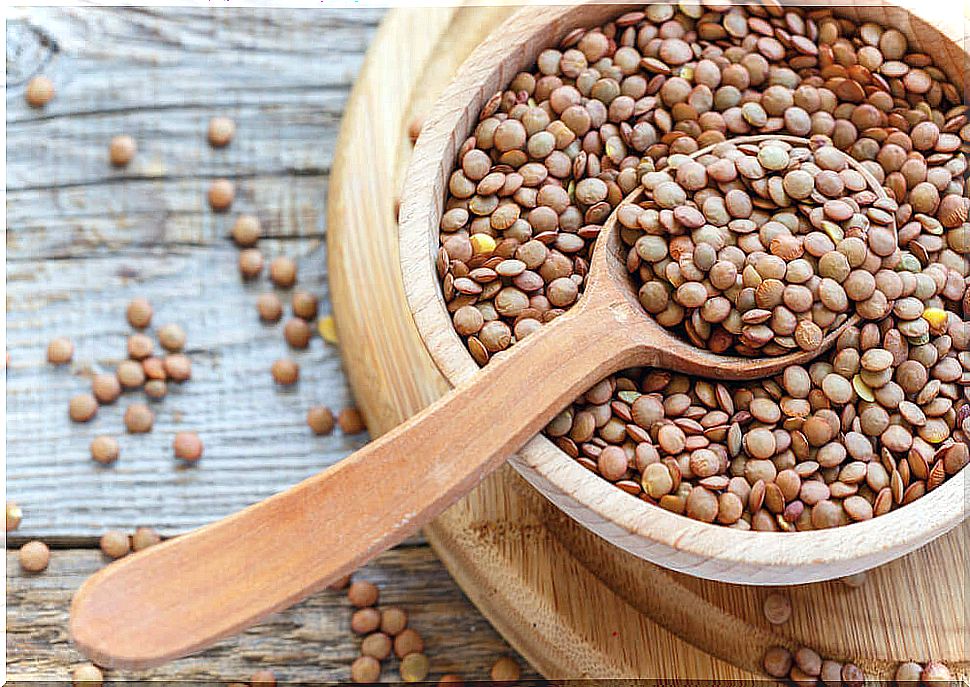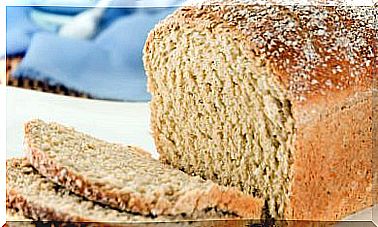Legumes: How Do They Protect Against Diabetes?
Did you know that the consumption of legumes has a protective effect against diabetes? Thanks to its important concentration of nutrients, which includes antioxidants, dietary fiber, protein, vitamins and minerals, its regular consumption improves metabolic health and facilitates the management of glucose in the blood. In the next space we will tell you more about it.
What is the diabetes?
Type 2 diabetes is a chronic disorder characterized by an imbalance in glucose metabolism. Insulin is the hormone responsible for getting glucose into the body’s cells.
Sometimes your body doesn’t make enough insulin, or it has trouble reacting to it. Then blood sugar levels stay high for a long time and diabetes appears.
High blood sugar levels are harmful in the long term, causing complications such as eye, kidney, heart and neurological problems. Furthermore, diabetes is associated with the development of other types of pathologies in the medium term. One of them is obesity, according to an article published in the journal Biochimica et Biophysica Acta.

Incidence of diabetes in Spain
The results on diabetes in Spain presented at the XXIX National Congress of the Spanish Society of Diabetes shows that almost 400,000 Spaniards develop type 2 diabetes every year.
In the Spanish state, more than 5 million people know that they suffer from the disease, but there are also approximately 2.3 million who do not know it. In addition, about 4 million people would be in a prediabetic state.
Diet is directly implicated in the etiology of diabetes. Excess calories, high consumption of trans fats, simple carbohydrates and lack of physical exercise, have been proposed as possible triggers of the disease.
Therefore, the modification of the lifestyle and the diet are the bases to prevent the appearance of this disease.
Legumes and diabetes
” The consumption of legumes is associated with a lower risk of type 2 diabetes . ” Specifically, the consumption of 30 grams of legumes a day would reduce this risk by 35%. This would be the same as eating about 3 servings a week or so.
These results are derived from the PREDIMED (Prevention with Mediterranean Diet) study that followed 3,349 people with cardiovascular risk for more than 4 years. A protective relationship was shown between the consumption of legumes, especially lentils, on the risk of developing type 2 diabetes.
In addition, the study also showed positive results with the substitution of half a serving a day of pasta, rice and boiled potatoes for half a serving of legumes a day.
Similarly, beyond increasing the intake of legumes, the Mediterranean diet has also been shown to be highly effective in preventing type 2 diabetes. For this reason, we recommend following a diet rich in foods such as:
- Nuts.
- White meat.
- Olive oil.
- Blue Fish.
- Whole grains.
- Fresh vegetables and fruits.

The nutritional richness of legumes
Legumes are a very rich food nutritionally. Not surprisingly, 2016 was declared the international year of legumes by the Food and Agriculture Organization of the United Nations (FAO). The objective was to make the population aware of its health benefits and thus promote its consumption among the world population.
Legumes are a food rich in vegetable proteins, fiber, minerals (iron, magnesium and potassium) and vitamins (especially group B). In addition, they are a food with a low glycemic index.
The amount of fiber that these foods contain allows the gradual absorption of carbohydrates, which causes less pancreatic stress, according to a study published in 2015. For this reason, this substance is a nutrient with the ability to help prevent this disease .
And not only this, but they also help to control the disease once it has been diagnosed.
What are the most suitable legumes against diabetes?
In the PREDIMED study, the best results were obtained with the consumption of lentils.
However, other types of legumes are suitable for this purpose, such as: white beans, beans, chickpeas or peas.
Red lentils are a variety of lentils that do not have skin. They take much less time to cook and have a tendency to fall apart a bit. For this reason, they are ideal for those who suffer from gas or poor digestion when eating legumes. They are also ideal for gradually introducing legumes into the diets of young children. We can cook red lentil purees with pumpkin, leek or carrots.
Legumes, a very healthy food
It is important to cook legumes in a healthy way. In winter, stews or sautéed vegetables with vegetables, olive oil and some white meat are more suitable if we want. And in summer we can prepare a variety of chickpea or lentil salads, without forgetting the delicious and refreshing hummus.
They are a food with a large amount of nutrients ideal to introduce in the framework of a varied diet. Don’t forget to combine a good diet with regular exercise to help improve health.








